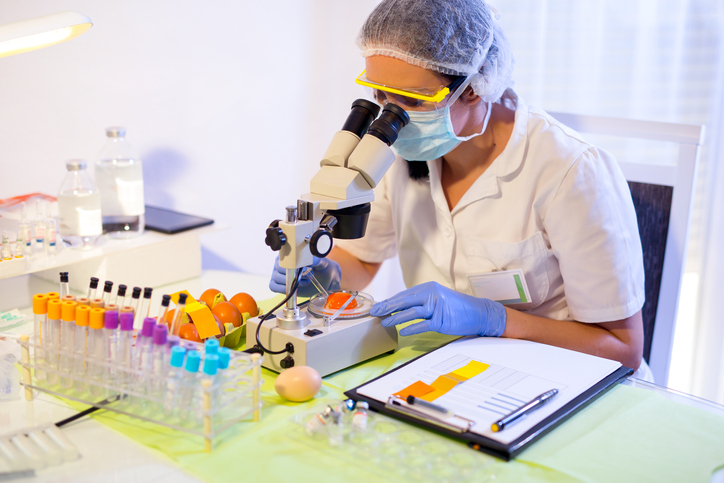
When it comes to analyzing samples, HPLC (High-Performance Liquid Chromatography) is a technique that proves useful in a number of different situations and industries. HPLC is a process in which organic compounds of a sample are separated and analyzed in order to determine what compounds – and in what quantities – the sample contains. A highly accurate and precise technique, HPLC allows for both qualitative and quantitative analysis and can be applied for identification, purification and quantification, in addition to separation.
If you’re considering HPLC training, your qualifications will enable you to enter a number of fields, including healthcare, pharma, biopharma, chemical and even food. Within the food industry, in particular, the application of HPLC techniques allows for the accurate assessment of food product quality. Below, discover more about how HPLC works, as well as how it is applied within the food industry.
How Does HPLC Work? An Intro for Those Considering HPLC Training
In order to understand how HPLC can be applied to food production and manufacturing, it’s important to first understand how the process of High-Performance Liquid Chromatography works. First, let’s define a few terms.
- Chromatography: a separation technique applied to samples
- Chromatograph: the instrument used to facilitate chromatography
As the name implies, the process of HPLC involves the conduction of chromatography, which is performed on compounds dissolved in solvents. Professionals with HPLC training will analyze a sample by first dissolving it in a solvent, and then separating it through the use of a chromatograph. Chromatographs include devices such as high-performance pumps and columns. These technologically-advanced tools facilitate molecular separation while achieving a stable flow rate of solvent delivery. A detector downstream of the solvent’s flow identifies and quantifies the compounds within the solvent after the separation is complete.

After HPLC training, you’ll begin the process by dissolving samples in a solvent
Why HPLC Analysis Is Relevant to the Food Industry
The safety and nutritional value of the food we consume is a critical area of concern. Within the food industry, the ability to reliably test the quality of products from food manufacturers and processors is essential. Food analysis is necessary in order to meet several different industry requirements, including:
- Ensuring food products contain acceptable levels of contaminants, chemical additives and residues
- Determine the nutritional content of food products, including detecting levels of sodium, unsaturated and saturated fats and more
In order to ensure that foods are safe for consumption, HPLC analysis is implemented in order to determine what compounds are present in the samples, and in what quantities. With advancements in technology and the ever-increasing diversity of processed and manufactured food products, keeping track of the amounts of additives and contaminants in our food is important for the health of every consumer.

HPLC analysis enhances the safety and quality of food products
Methods for Applying HPLC Analysis Within the Food Industry
If you launch a career in the food industry upon completing your HPLC program, you’ll be applying HPLC analysis to a variety of food products. Within the food industry, HPLC analysis is conducted on food analytes, both in solid and liquid forms. The method of HPLC used depends upon the type of analyte being tested.
Solid food analytes: Because solid particles are contained in the sample, homogenization must occur in order for the sample to become evenly dispersed. Next, three extraction processes may occur:
- Liquid extraction
- Ultrasonic simulation
- Heating of the analyte
Liquid food analytes: Two types of extraction are used for liquids, including solid phase extraction (SPE) and gel permeation chromatography (GPC).
These different extraction processes all prepare the molecular compounds within the sample to be quantified accurately through detection – the final phase of HPLC.

Food analytes are analyzed in the process of HPLC
Given the importance of providing safe, quality food products to the public, HPLC is of high value to the food industry. If you’re interested in working with HPLC, consider entering the food manufacturing industry upon completing your program.
Are you ready to enroll in HPLC courses?
Start training to get certified in conducting HPLC with AAPS!



